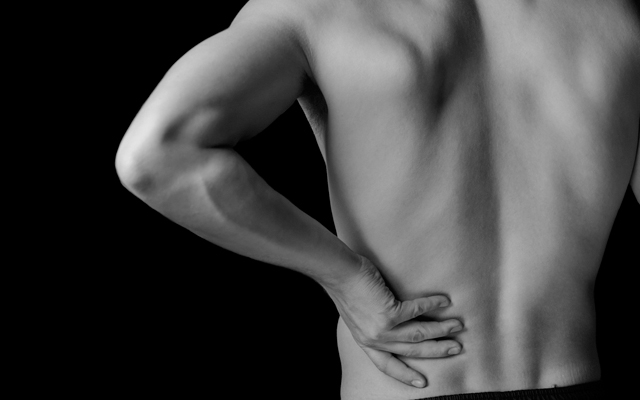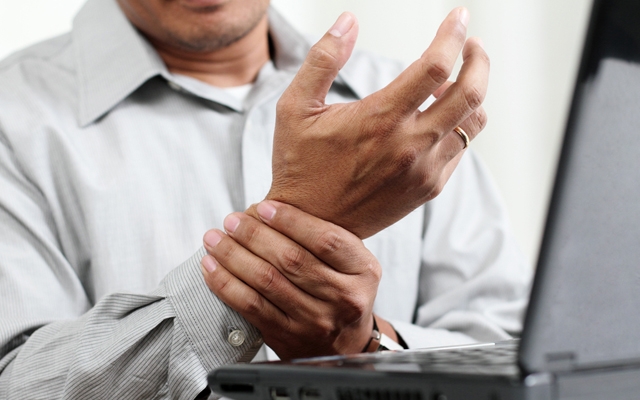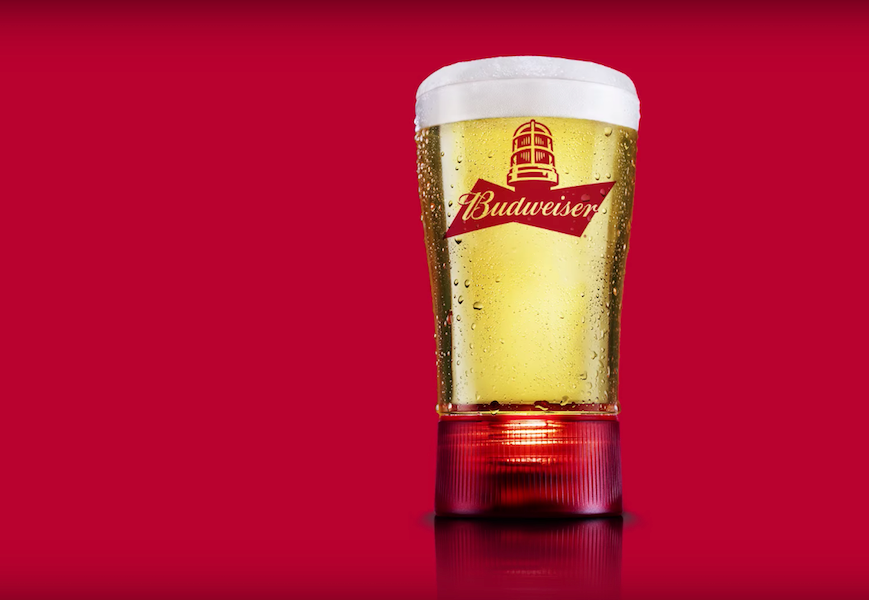You got up from bed in the morning and right away, you could feel it: that ache in your lower back. You’ve experienced it before, and you’ll likely experience it again—lower back pain is quite common. While the pain may set you back for the next few weeks or so, the good news is that most back pain will become less severe and resolve itself on its own if it’s of the everyday kind of back pain. That is if it hasn’t been caused by an injury, it’s not disrupting your sleep, it doesn’t radiate or shoot pain to other areas of your body and it’s not accompanied by other symptoms (such as throwing up or fever, for example)—if it indeed does, then you should seek the help of a doctor.
But your average common back pain in the lower back—you can alleviate the pain on your own:
Rest in moderation
Give those back muscles a break—but don’t just stay in bed or parked on the sofa for weeks. In fact, this could be worse for your back pain. Instead, rest it for about two days after you first experience pain, then you should maintain some level of activity. Increase your activity slowly it as you recuperate and as you notice you can move more and more freely without any spasms.
Apply ice or heat to it
That’s right, either cooling or heating your lower back muscles can help bring you some relief by reducing inflammation and swelling. Heating helps by getting your blood vessels to dilate; with more oxygen flowing to your back in these dilated vessels, it can help reduce spasms. Applying cold to your muscles does the opposite—it causes your blood vessels to constrict, thereby reducing blood flow, which can cut down on inflammation in your back.
Take a pain reliever
You probably have at least one bottle of pain reliever such as Tylenol or Ibuprofen in your medicine cabinet—taking a dose can help relieve your ache somewhat. Topical treatments such as gels and creams with soothing ingredients such as menthol and camphor can help to temporarily alleviate your back pain.
Do some exercise
As long as you’re mobile and your back is no longer spasming, then some gentle exercise can help to ease your pain. Be sure to include stretches for your back and hips, along with exercises that strengthen your core—a Pilates routine or gentle yoga class will help you achieve this and will help you maintain your range of motion.
—
RELATED ARTICLES:
• 6 Ways Pilates Can Improve Your Back Problems
• 5 Reasons Why Every Guy Should Try Pilates
• 6 Ways Pilates Helps Athletes To Rehabilitate And Prevent Injuries











